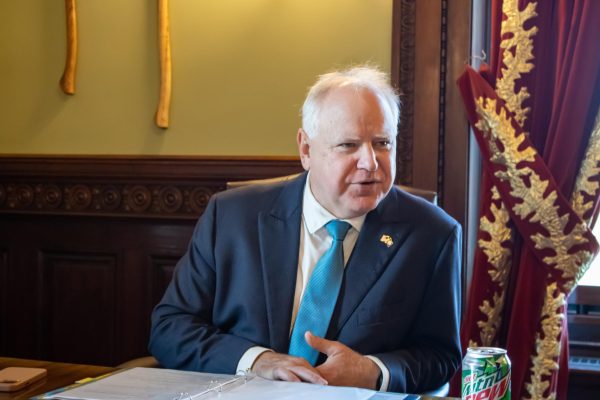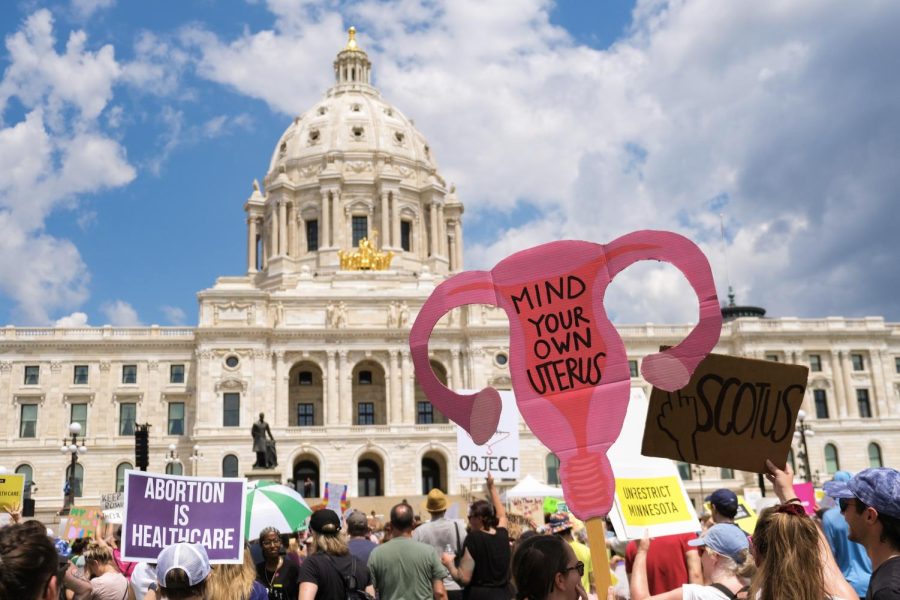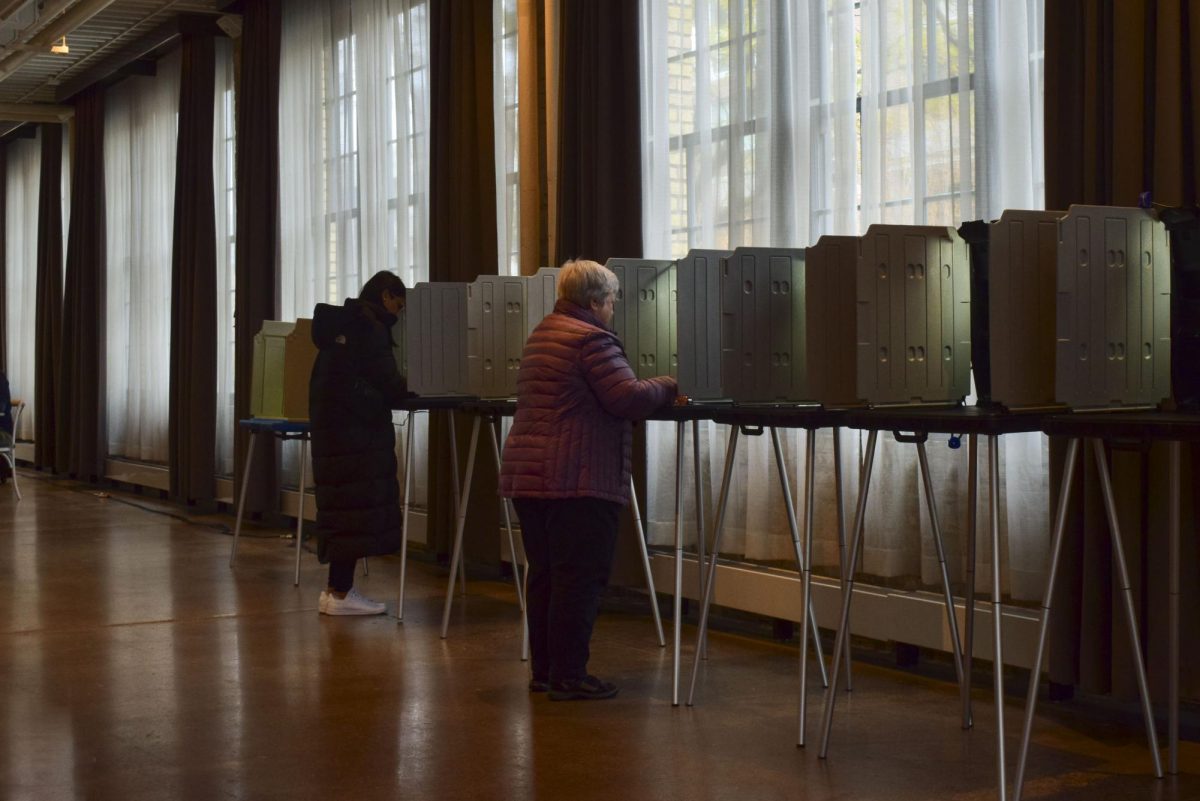University of California president Mark Yudof has worked with three of the largest public university systems in the country âÄî including the University of Minnesota âÄî and is now in the midst of a preposterous budget crisis. The state of California is expected to reduce funding for its three public University systems by 20 percent in order to close a $60 billion budget deficit . It makes MinnesotaâÄôs $2.7 budget shortfall âÄî which Gov. Tim Pawlenty balanced in June through unallotments âÄî look like pocket change in comparison. CaliforniaâÄôs system bears a striking âÄî albeit smaller-scale âÄîresemblance to the five-campus University of Minnesota and the 32-institution Minnesota State Colleges and Universities system: both state systems are relatively free from legislative control and employ a board that approves budget decisions. However, California has had to turn to harsher measures to balance its budget than Minnesota. âÄúCalifornia is obviously in a much worse situation,âÄù University Chief Financial Officer Richard Pfutzenreuter said . âÄúTheyâÄôre going to have to take measures that we donâÄôt.âÄù
Steps taken
The UC system, which has about 220,000 students, is cutting $300 million from its campuses, raising student fees by 9 percent and reducing freshman enrollment by 6 percent. Under a plan approved by legislators in June, student fees at California State University schools would rise by 20 percent âÄî on top of a 10 percent increase approved in May. Adding the $672 fee hike, in-state undergraduates on average would pay $4,827 annually âÄî a move that caused student protests on several campuses. However harsh these cuts have seemed, scholarship opportunities for students have remained surprisingly stable, University of California, San Diego Scholarship Coordinator Kathleen Hallisy said. âÄúSo far not many of our outside scholarships have seen much of a decrease,âÄù Hallisy said. The California LegislatureâÄôs plan also calls for all CSU employees, including senior administrators, to take furloughs two days a month and see their pay cut by about 10 percent. The move would save $275 million annually. In late July the California Faculty Association and California State Employees Union approved these terms. The University Of Minnesota Board Of Regents struck down a similar proposal this year that would impose furloughs on University employees, Pfutzenreuter said . Pawlenty considered mandatory furloughs in collective bargaining with various unions within MnSCU, MnSCU spokeswoman Melinda Voss said. However, the use of mandatory furloughs was not included in agreements for this two-year budget period, she said Instead, Minnesota offers voluntary furloughs to employees through a program called Salary Savings Leave. The program allows University administrations authority to grant unpaid leaves of absence without affecting the employeeâÄôs vacation and sick leave accruals, holiday pay, seniority and eligibility for state contributions for insurance. âÄúThis program is in use throughout our system to varying degrees on campuses,âÄù Voss said, âÄúas the colleges and universities deem appropriate.âÄù Pawlenty unalloted $50 million from each of MinnesotaâÄôs two systems in June. The MnSCU system approved a 3 percent tuition increase in June. The University will see 7.5 percent tuition increases each of the next two years, but the University will use stimulus money to lessen that number for in-state students.
Yudof at the U
Yudof stepped down from his position as President of the University of Minnesota in 2002 to serve as chancellor of the 15-campus University of Texas system. In June 2008, he left Texas to be president for the UC system. During his tenure at Minnesota, Yudof initiated several successful campaigns, including a $1.3 billion fundraising campaign and a beautification campaign for University buildings. Yudof also dealt with the controversial academic scandal involving defamed GopherâÄôs basketball coach Clem Haskins. In 1999, Yudof, with support from the Board or Regents, decided to buy disgraced Gophers menâÄôs basketball coach Clem Haskins’ contract for $1.5 million. Much of the money was later returned through litigation and concessions by Haskins. In efforts to improve graduation rates, Yudof initiated a plan making every credit over 13 free âÄî a policy the University still uses. Yudof often turned to tuition increases to balance the budget while serving at Minnesota. The University saw double-digit tuition increases two years during his five-year stint with the University, including a 16 percent increase in 2002. Whatever budget problems the University encounters, the public has seen and will see uncomfortable cuts in the future, Pfutzenreuter said. âÄúThe University is a people business,âÄù he said. âÄúIt has been and will be.âÄù The Associated Press contributed to this report







